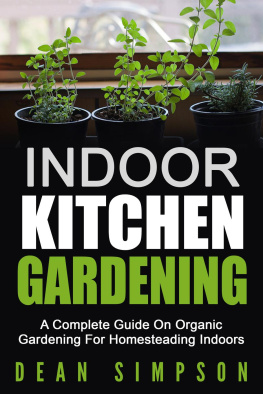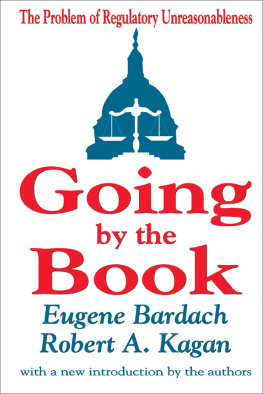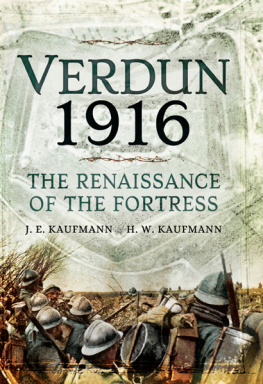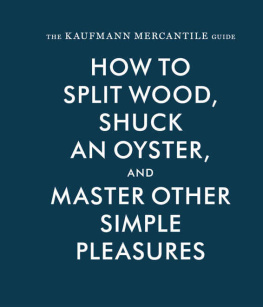
CONTENTS





PREFACE
Before this book, there was a store. And before the store, there was a blog called Kaufmann Mercantile, which I started in 2009 while living in Los Angeles and working as a filmmaker. At the time, several of my friends were moving away from making film to make furniture. Being more hands on greatly appealed to me. I became interested in how things were made and how they could be maintained or fixed when broken.
Growing up in Germany, where the Green Party has influenced lawmaking for three decades, I had an early understanding of disposable consumerism and its negative effects on the environment. To me, the solutions offered by manufacturers and retailers, like using recycled plastic or green products, couldnt be the only way to improve the status quo. I felt there could be other, simpler solutions: making things yourself; using natural, sustainable materials or ingredients; designing products so they could be easily repaired; producing goods at such high quality, youd never want to throw them away; or buying only the things you needindependently manufactured and created with care and craftsmanship.
There seemed to be no store with a clear and true focus on quality, so I decided to build one myself. Today, Kaufmann Mercantile searches the globe for the best products and makers out there, with the goal to set a new, better standard for retailers. We research each item in depth and speak with every maker directly to provide detailed information about all our products. From the beginning, our company has been motivated by that same love (or rather, obsession) for quality and by the mission to offer better tools and objects, those things that will truly enrich your everyday life. Since my first blog postabout the Estwing hammer, a trusted tool made in the United States since the 1930sour editorial platform has grown alongside the store to become a resource for the mindful consumer, offering everything from how-to projects and the history of materials to profiles on pioneering designers and makers.
Were thrilled to now share some of our favorite discoveries and ideas in this book. Many thanks to the editors, Alexandra Redgrave and Jessica Hundley, for their amazing work. I hope you will enjoy reading and learning from the pages that follow. Id love to hear about the things you make and fix and doall the self-made adventures this book might inspire.
Sebastian Kaufmann

Write to me at:
sebastian@kaufmann-mercantile.com
INTRODUCTION
This book began out of a curiosity for how we grow, build, and craft the world around us. We discovered that theres an art to a simple task done well, from planting with the seasons to caring for cast iron. It calls for consideration and creativityrolling up our sleeves and digging into the details. It means getting messy, and, perhaps, messing up, to experience the singular satisfaction of doing it yourself.
For guidance and inspiration, we turned to experts and enthusiasts, those wonderful people who dedicate their lives to a particular skill or take pleasure in the day-to-day endeavors that most of us leave to someone else. We also sought out the tools that not only help you get the job done but are a joy to use too.
Each of the how-tos that follow, then, is an opportunity to master the art of the everyday. Some you will use often, such as poaching an egg or securing a knot, while others might explore new territory. Knowing how to ford a stream, for example, requires one to first venture out into the wilderness, and the urge to save a plants seed arises only after a garden has taken root.
As the book came together, we learned that everyone has their own way of doing things. We by no means want you to think our way is the only way. Therein lies the beauty of the how-to: the final result or the finished product can be as unique as the person who made it. In our world of modern convenience, doing it yourself is immensely rewarding. And so, consider the book in your hands as a starting point. We hope you, like us, find inspiration in these pages to experiment, to investigate, to create, and to make your everyday a little better.
Alexandra Redgrave and Jessica Hundley
ONE
Kitchen
HOW TO

CARE FOR CAST-IRON PANS

If I could have only a single pan to cook with for the rest of my life, it would be made with cast iron. (I own six in varying sizes.) Cast-iron pans are highly effective, durable, and versatile, whether used on the stovetop or in the oven. Whenever I find old rusted ones in antique stores, I run them through an oven-clean cycle, scrub them down, and reseason them. Then theyre as good as new.
Michael Ruhlman, cookbook author
COOK WHILE THE IRON IS HOT
Thanks to a surface that heats up evenly and requires little oil for cookingnot to mention a high iron content that fortifies your food every time you cook on itcast-iron pans are the workhorses of kitchenware. Still, the hardy material doesnt take care of itself any more than your dog neatly puts away his bowl. Herewith, a guide.
- Unlike the slippery surface of Teflon and all the other nonstick chemicals that off-gas when heated, cast iron takes a bit more work to get to the optimal temperature. Put the pan on the stove over medium heat for a good three to five minutes until its thoroughly heated. Then add your cooking oil or lard and throw on your ingredients.

- An issue may, ahem, arise while cooking meat on cast iron: a pungent smell. It could be that the pan is too hot or wasnt cleaned well enough between uses. (If you dont fully rinse off the cooking fat and residue from the previous meal, it can start to burn and smoke.) To prevent your kitchen from smelling like old bacon, cook your meat on medium heat and, once you dish out the cooked ingredients, immediately run your pan under hot running water. (Cold water can potentially cause cracking or damage, as the outer layer of iron contracts faster than the inner core.) The thermal shock kicks off most of the residue and naturally rinses the surface of any oils.
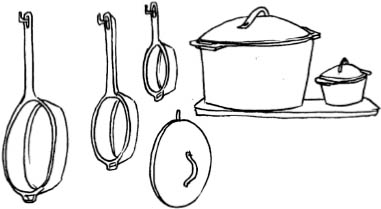
- If there are still remaining pieces of food, toss on about 1/2 cup of coarse salt and rub with a sponge. The rough texture of the salt removes excess oils and bits of food without compromising the pans seasoning (the nonstick coating that naturally forms with use, creating a protective sheen). You can also use a scrubber brush with coarse bristles to loosen any food residue, then rinse again under hot water. No soap needed! In fact, even a little bit of soap could clean away the seasoning youve worked so hard to build up.
Next page



